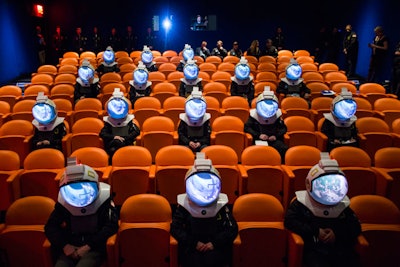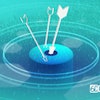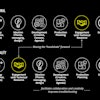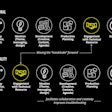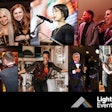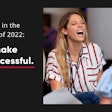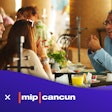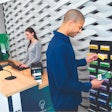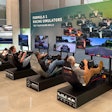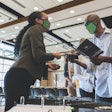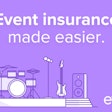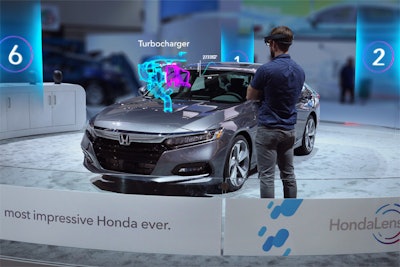
At the Los Angeles Auto Show in December, Honda worked with Spinifex Group and George P. Johnson to create an augmented-reality experience for visitors. As guests walked around the newest Honda Accord wearing a Microsoft Hololens headset, six stories about the vehicle appeared in their view. For example, standing outside the car a hologram version of the new turbocharged engine appeared to float out of the hood to show how it works. As guests sat in the driver’s seat, they experienced different traffic scenarios that were simulated through the windshield in front of them.
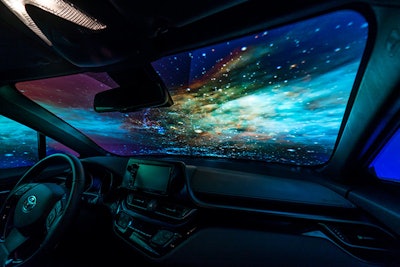
During Art Basel, which took place December 7 to 10 in Miami Beach, Toyota and its agency, Burrell, worked with Lightwave to create an emotion-technology experience to promote the new C-HR subcompact SUV. Before sitting in the car, guests were fitted with wristband heart monitors that tracked their emotional response as they were immersed in an audiovisual experience that included projection mapping on the vehicle’s windows. After they stepped out of the car, a line graph of their heart rate data was projected onto an eight-foot circular canvas, and painters from Lightwave Studio added brushstrokes to turn it into a custom piece of art.

At the Sundance Film Festival in January, presenting sponsor Acura gave guests a personalized driving experience using virtual reality and brain wave technology. Guests sat inside a spherical motion simulator equipped with a performance driver’s seat and 30 biometric sensors that measured things such as their brainwaves, heartbeat, and facial expressions. Then the scene that unfolded for 90 seconds on the screen in front of them changed based on their inputs, affecting speed, acceleration, colors, sound, and more. Each participant received a shareable picture that showed them during the experience along with a graphical presentation of their mood. The Moods Roads experience reached 2.5 million people through social sharing. Acura’s Sundance experience was created by George P. Johnson, Spinifex Group, GMUNK, Tool of North America, and MullenLowe.
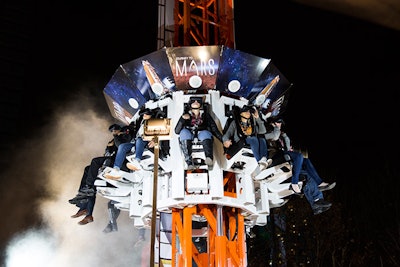
At Super Bowl LI in January, the Houston Host Committee gave fans the chance to take a virtual trip to Mars. Future Flight was a 90-foot drop tower that used virtual reality and audio to make riders feel as if they were traveling to Mars, landing on the planet with a few seconds to look around, and then dropping back down to earth and landing on the 50-yard line of a fan-filled NRG Stadium just in time for kickoff. The ride was designed by IDEAS, an Orlando-based experience design agency, and created in partnership with NASA, GES, ImaginNow, Exline Design and Architecture, and A.R.M. Houston is the home of the NASA Johnson Space Center and NASA has a goal of getting to Mars by 2030.

